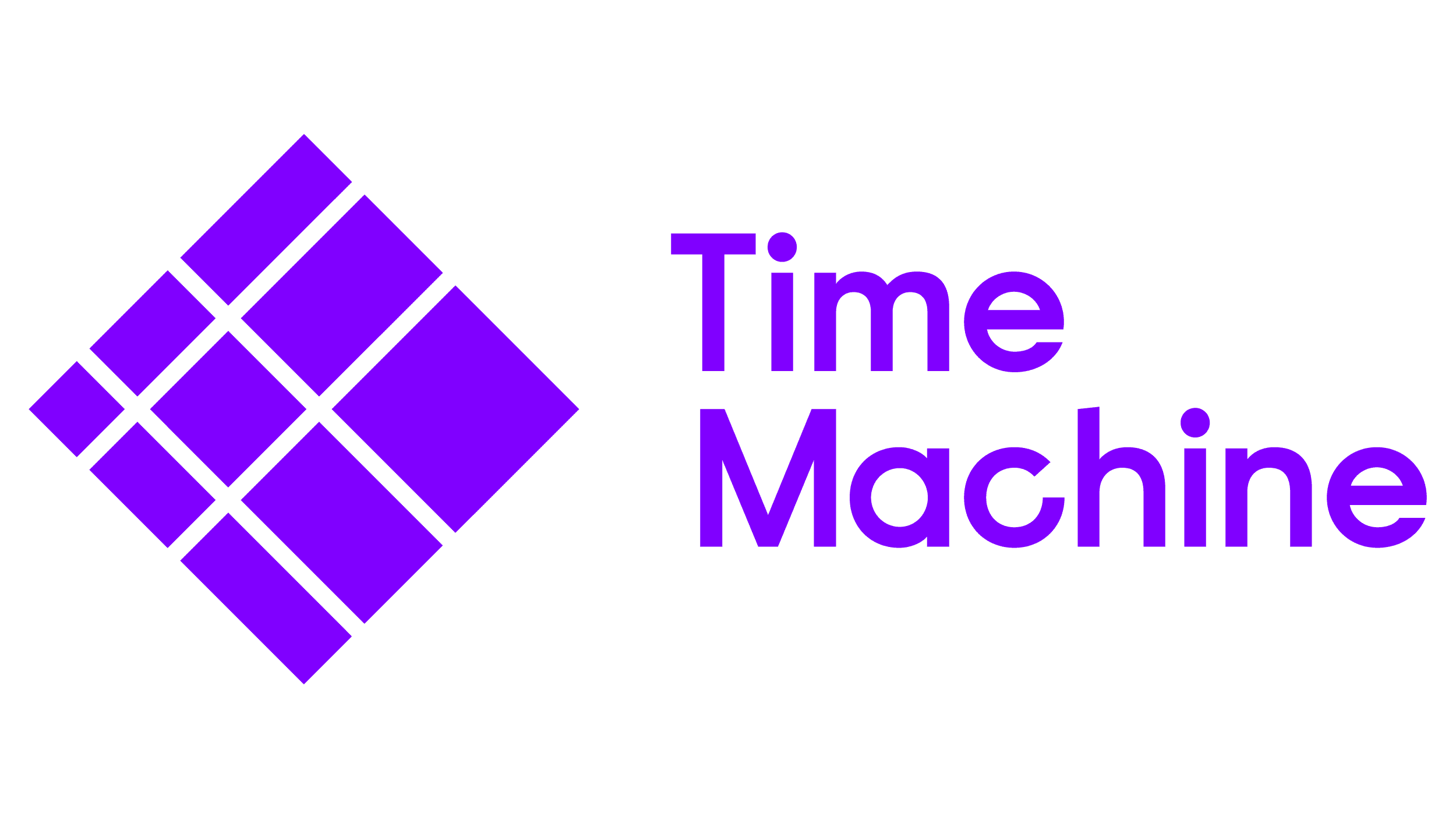The TimeMachine project allows traveling through the time by mapping the last 2000 years of history. The MapTiler Team joins the effort and contributes its know-how in the field of geographical data visualization and building online maps. With a prototype called The Venice Time Machine Atlas for EPFL Lausanne, it shows how historical data and maps can be presented to the broad audience.
TimeMachine project
The TimeMachine project is an educative collaborative effort mapping last 2000 years of history. There are about two hundred institutions involved ranging from museums and archives to high-tech companies working in the field of artificial intelligence and digitization. The MapTiler Team is involved as an expert in the field of modern as well as historical maps.
TimeMachine Atlas prototype
Our prototype of the TimeMachine Atlas is a Map of Venice, which is changing throughout ages - showing the last 1000 year of the city’s development. The demo project is available on the timemachineatlas.eu address.
The geographical data were supplied by university employees and equipped with a time stamp determining building start date and its duration. Technologically, TimeMachine Atlas is a follow up of our previous Roman Empire vector map.
The map is armed with a time slider, which automatically plays the city’s evolution based on historical data or can bring you to your favorite era. Users can compare this map with a modern map, satellite view or two other scanned historical maps. Data are available also in 3D and with additional information about selected buildings like name, time duration and others.
Technical details, collaboration and future
The TimeMachine Atlas technology is powered by our own OpenMapTiles toolset, which is an open-source project for serving vector tiles. It is available at openmaptiles.org and the source code is published under the free BSD / CC-BY license on GitHub.
The suggested data model for future development is based on OpenStreetMap tagging convention with added start_date and end_date tags. Using open- and well-known data format will boost further collaboration on the project. Open data format allows usage of a set of existing tools: e.g., vector tiles can be generated from GIS data (drawn in QGIS, supplied in Shapefiles) and turned into vector tiles for example by the upcoming MapTiler Desktop v10.
The data has no vendor lock-in and can be ported to various environments from which they can be served. Currently, they are hosted on the MapTiler Cloud service, which offers worldwide maps which can be easily customized to fit the old maps’ feeling, hosting for additional geodata and global satellite layer.
The whole project is collaborative, with open-data and open-source community-driven development. We hope that the map will grow with the contributions from other project partners working on time machines in Amsterdam, Budapest, Paris and other cities and countries.
Experience the web application yourself!
The TimeMachine Atlas prototype for Venice is available online at timemachineatlas.eu.

